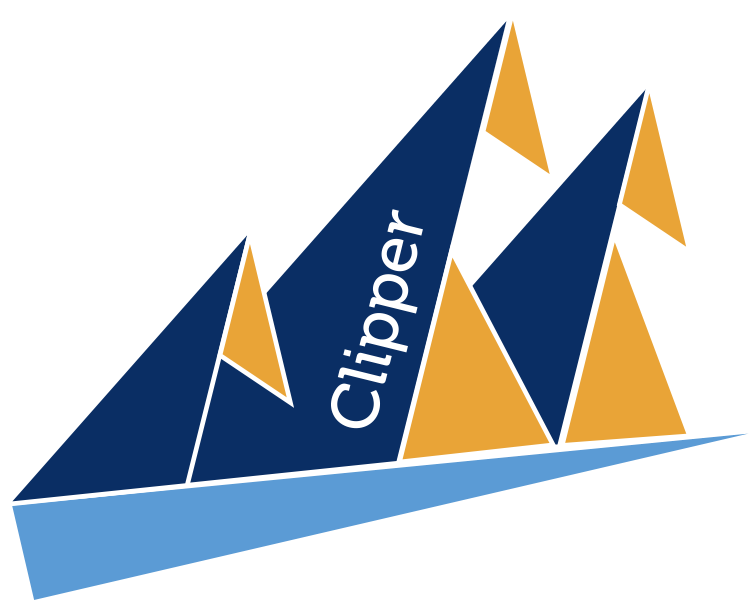Clipper is a prediction serving system that sits between user-facing applications and a wide range of commonly used machine learning models and frameworks. Learn more about Clipper and view documentation at our website http://clipper.ai.
-
Clipper simplifies integration of machine learning techniques into user facing applications by providing a simple standard REST interface for prediction and feedback across a wide range of commonly used machine learning frameworks. Clipper makes product teams happy.
-
Clipper simplifies model deployment and helps reduce common bugs by using the same tools and libraries used in model development to render live predictions. Clipper makes data scientists happy.
-
Clipper improves throughput and ensures reliable millisecond latencies by introducing adaptive batching, caching, and straggler mitigation techniques. Clipper makes the infra-team less unhappy.
-
Clipper improves prediction accuracy by introducing state-of-the-art bandit and ensemble methods to intelligently select and combine predictions and achieve real-time personalization across machine learning frameworks. Clipper makes users happy.
Note: This quickstart requires Docker and Docker Compose.
$ pip install clipper_admin
$ python
>>> from clipper_admin import Clipper
>>> import numpy as np
# Start a Clipper instance on localhost
>>> clipper = Clipper("localhost")
Checking if Docker is running...
# Start Clipper. Running this command for the first time will
# download several Docker containers, so it may take some time.
>>> clipper.start()
Clipper is running
# Register an application called "hello_world" that will query a model
# called "feature_sum_model". This will create a prediction REST endpoint at
# http://localhost:1337/hello_world/predict
>>> clipper.register_application("hello_world", "feature_sum_model", "doubles", "-1.0", 100000)
Success!
# Inspect Clipper to see the registered apps
>>> clipper.get_all_apps()
[u'hello_world']
# Define a simple model that just returns the sum of each feature vector.
# Note that the prediction function takes a list of feature vectors as
# input and returns a list of strings.
>>> def feature_sum_function(xs):
return [str(np.sum(x)) for x in xs]
# Deploy the model, naming it "feature_sum_model" and giving it version 1
>>> clipper.deploy_predict_function("feature_sum_model", 1, feature_sum_function, "doubles")
Now that you've deployed your first model, you can start requesting predictions at the
REST endpoint that clipper created for your application:
http://localhost:1337/hello_world/predict
With curl:
$ curl -X POST --header "Content-Type:application/json" -d '{"uid": 0, "input": [1.1, 2.2, 3.3]}' 127.0.0.1:1337/hello_world/predictFrom a Python REPL:
>>> import requests, json, numpy as np
>>> headers = {"Content-type": "application/json"}
>>> requests.post("http://localhost:1337/hello_world/predict", headers=headers, data=json.dumps({"uid": 0, "input": list(np.random.random(10))})).json()To file a bug or request a feature, please file a GitHub issue. Pull requests are welcome. Additional help and instructions for contributors can be found on our website at http://clipper.ai/contributing.
- Dan Crankshaw (@dcrankshaw)
- Joey Gonzalez (@jegonzal)
- Corey Zumar (@Corey-Zumar)
- Nishad Singh (@nishadsingh1)
- Alexey Tumanov (@atumanov)
You can contact us at clipper-dev@googlegroups.com
This research is supported in part by DHS Award HSHQDC-16-3-00083, DOE Award SN10040 DE-SC0012463, NSF CISE Expeditions Award CCF-1139158, and gifts from Ant Financial, Amazon Web Services, CapitalOne, Ericsson, GE, Google, Huawei, Intel, IBM, Microsoft and VMware.

